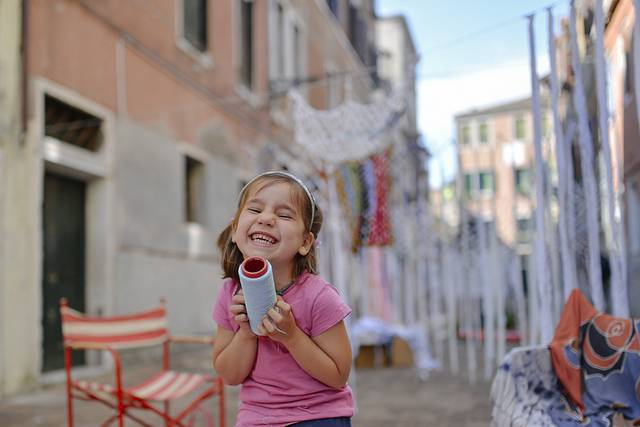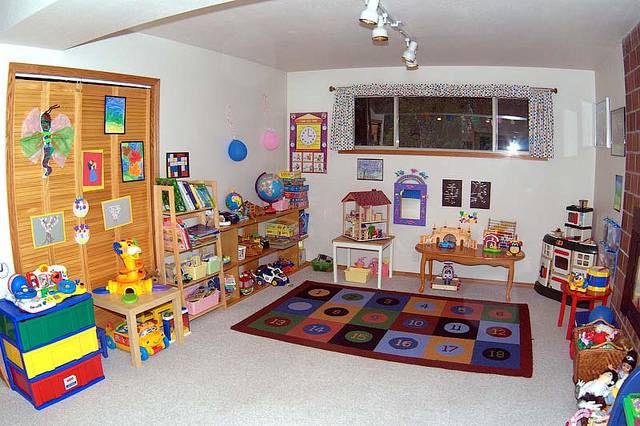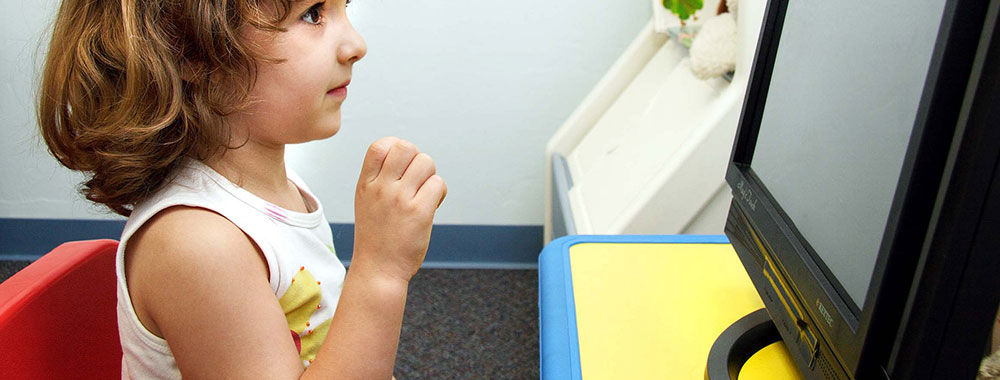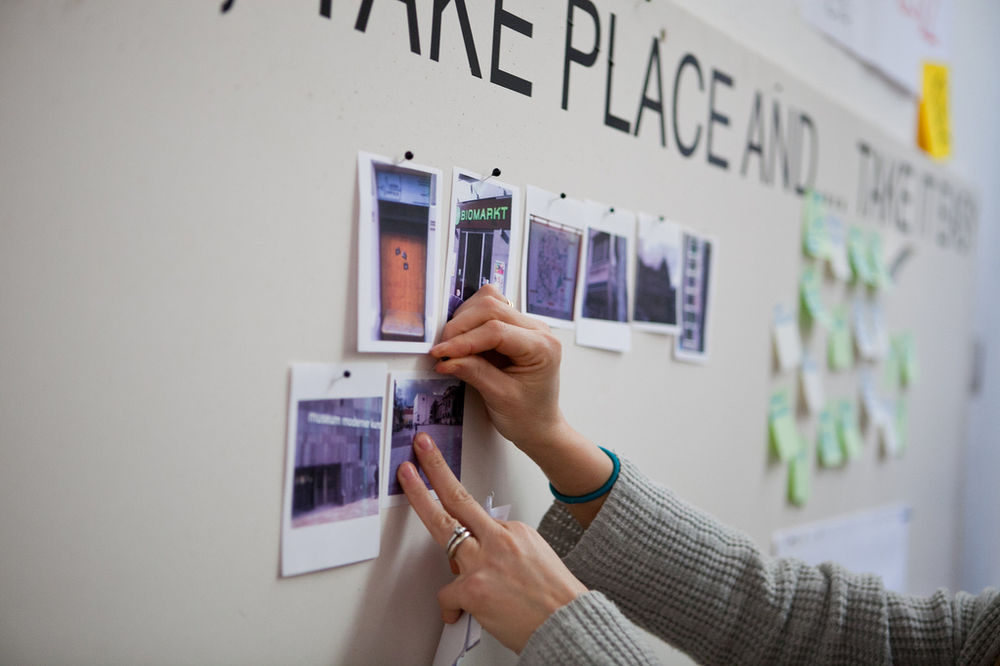One of the most challenging realms to conduct user research with is when you have to conduct research with children. There are, obviously, stringent ethical and legal protocols to be kept to if you work with children but it’s not just the moral aspect of this world. Children are not miniature adults and the way we develop and design research will play a big part in whether we get the information we need or whether “children will be children” and they’d rather play in the park than with your product.
Here are some great ideas that might make UX research with children yield better results for you and your team:
Plan to Succeed
The more detailed your plan, the more likely it is to pay off. One great way to incorporate children into UX research is to develop a story for the research that puts the child into the lead role. It’s important to keep things as varied as possible and to remember that children have plenty of curiosity and are imaginative. So use devices to trigger this.
You may also want to think about increasing the number of observers you use for research sessions – it’s a lot harder to stop children from all talking at once than it is to stop adults from doing it and you don’t want to miss a valuable insight.
Recruit for Balance
When you recruit groups of children try to keep the numbers manageable – no more than 12 children per session and ideally a few less.
Most importantly, try to get a mix of personality types so that the children can create ideas together. Ask parents (or guardians) what their children are like – are they naturally talkative or do they prefer to let others do the talking? Are they good with groups of other children quickly or do they need time to get to know them?
This can also help inform the final design of a test as you mould it to the mixture of children that will be coming to the session.
Pay Attention to Communication
While older children might find it very easy to tell you what they think and feel about your product; it’s quite likely that younger children are going to need a bit of help. There’s no point getting frustrated with a bunch of 5 year olds because they can’t articulate what they feel.
Instead considered exercise where children can role play their feelings or draw them on flip chart paper (or any kind of paper). Make sure that drawing implements are suitable for the age group too.
Use Gamification Techniques to Keep Motivation
Don’t forget that most children have fairly short attention spans and try not to conduct research that lasts for hours. However, don’t be afraid to try and win back children’s attention using gamification. Have stars or sweets to hand out for participating in an exercise.
Consider using stick on smiley faces (and sad faces) to help children communicate their ideas too.
Always keep changing things up and try to provide as many different means to communicate and stay engaged as possible and don’t be afraid to improvise if something doesn’t seem to be working. It happens.

Author/Copyright holder: Stefano Montagner.Copyright terms and licence: CC BY 2.0
Have Patience and Learn to Step Back and Observe
It can take much longer for children to run through research than adults. They also have a way of heading off in their own direction and while it can be tempting to try and keep everyone focused all the way through; it can also be very valuable to let children explore in their own way too.
Allow for more time and be patient. Sometimes it’s going to be better to let everyone take their own course than to keep them on track. If things go too far from the beaten path then gently nudge or incentivize a return to the plan but don’t be abrupt about this.
Don’t Make the Research “A Test”
Sure it’s a test of your product but it’s very important that children don’t feel like they’re the ones being tested. In many parts of the world today, children are already under incredible pressure with endless amounts of testing at school. So try not to add to that pressure.
It’s also important to be aware that you may not give this impression consciously. There’s always a bit of a power gap between an adult and a child and they may interpret this gap as being tested. So make certain that you stay neutral and let the child do the leading (rather than leading the child) – you want their opinion not the opinion that they think will please you most.
In many instances this can be easier if you use a second observer to do the writing and note taking while the researcher focuses on working with the child.
Keep the Environment Child Friendly and Safe
It’s important to use the environment to make children welcome. Put up some child friendly posters, make certain that chairs and desks are appropriately sized, use children’s cups, etc. Ideally it should have a hint of “classroom” about it – that will set the scene for the appropriate behaviour from your participants too.

Author/Copyright holder: Vlad B.Copyright terms and licence: CC BY-NC-ND 2.0
Get Their Attention and Keep Them Engaged
It’s always good to start up with a fun introduction exercise. Get kids tell you about their favourite TV shows (or draw them). Make sure they’re familiar with any technology that they’re going to use before moving on too.
Always keep sessions to under an hour and you may want to break once or even twice in that session with a little snack and/or drink. Keep visual distractions to a minimum too or attention spans may wander.
Seek Support from Parents
It’s important that parents be close by and if you find that a child’s not quite involved in the right way – don’t be afraid to seek their parent’s support (though do this subtly). They can also help you explain things more easily to their children sometimes too.
Summary
UX research with children is both challenging and rewarding. The tips above should help you get moving in a direction that works well. Of course, it takes quite a bit of practice to get good at this.
Header Image: Author/Copyright holder: reynermedia. Copyright terms and licence: CC BY 2.0












